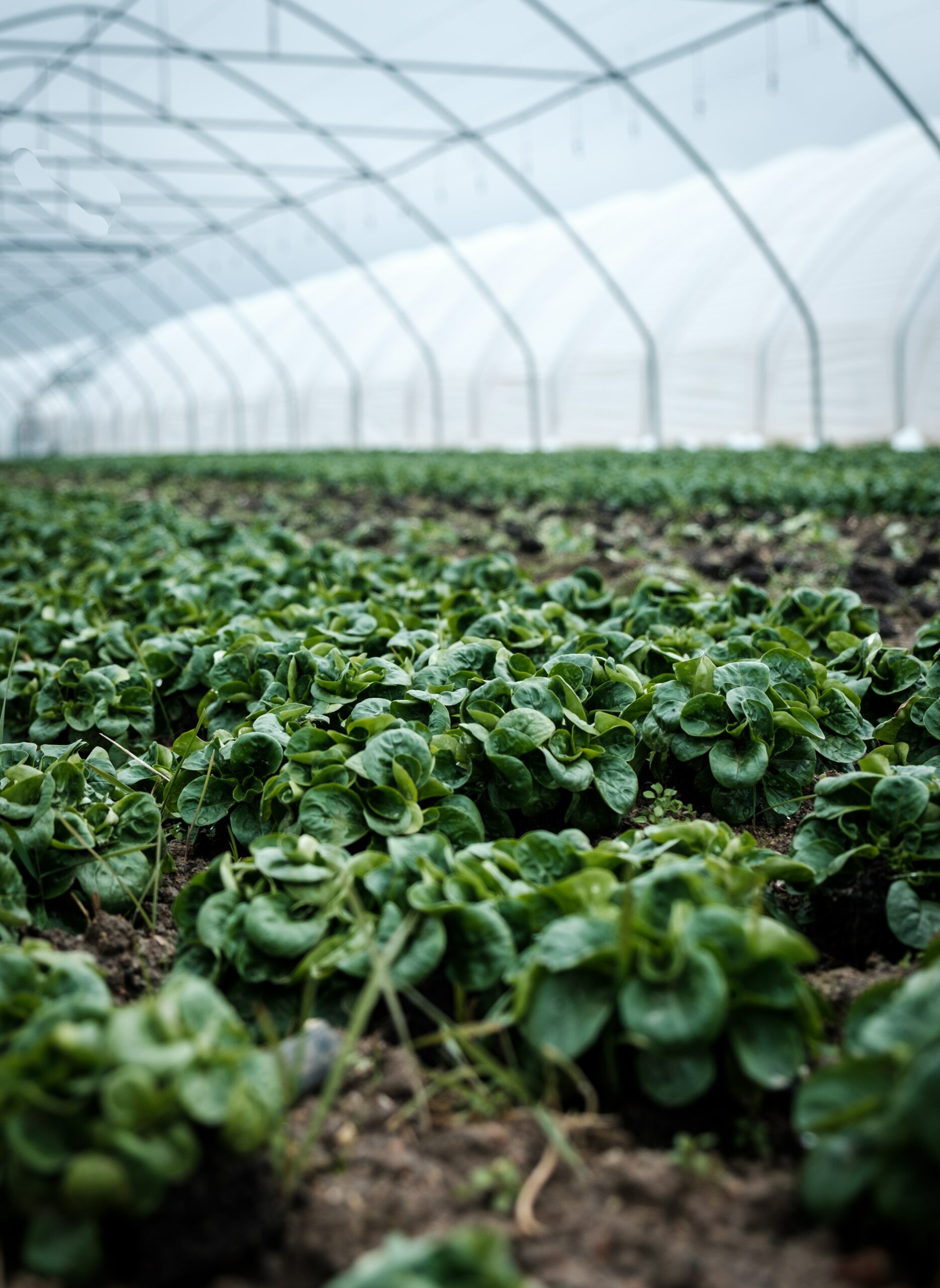What nutrients should I use?
This is a really basic but fundamental question that we hear a lot at Glandore Hydro. Even experienced growers are curious about newer and more innovative formulations that enter the market each year. In particular we are seeing a shift towards growing organically, or at least in a way that prioritises quality over quantity.
There are several factors that will influence the type of nutrients that you use, including:
- Growing medium (see Hydroponic Growing Media for more info)
- Environment (indoors or outdoors, hydroponic system etc.)
- Size (the size of plant you are intending to grow)
- Variety (the strain or species of plant)
There are also a few key criteria that can be used to determine the quality of a nutrient or additive, inducing:
Cost
How much are you willing to spend on high quality nutrients? Powdered nutrients tent to more cost effective, but lack some of the ingredients offered in modern, liquid formulations. Cost is often a key consideration when selecting nutrients.
Shelf life and storage
How long will the nutrient remain stable? Nutrients—dry or liquid—do not easily expire, in fact, they can last for years! However, there are factors that can shorten their shelf life including heat, moisture, and air exposure. The quality of nutrients, particularly organic liquid nutrients, can be greatly compromised my improper storage. Powdered nutrients absorb moisture over time which can lead to nutrient loss, clumping, and/or degradation. Always store nutrients according to the instructions on the label.
Concentration and purity
Unfortunately, many nutrient manufacturers don’t disclose the ingredients in their formulations. However, all nutrients will have an NPK ratio, which indicates the ratio of nitrogen, phosphorus, and potassium. Purity and concentration varies. Concentration can often assessed by looking at at the recommended dosage of a product. The higher the concentration, the lower the mix rate.
Ease of use
1 part, 2 part and even 3 part nutrients are available in both liquid and powdered forms. 1 part liquid formulations are usually the easiest to use. Liquid nutrients are also easier to use than powdered nutrients.
Availability/solubility
The ability of a product to dissolve in water is known as solubility. The main factors that influence solubility and pH and the form of nutrient (liquid or powder). Many growers will adjust the pH of the nutrient solution after mixing to ensure optimal availability. Powder nutrients tend to be less soluble (particularly when mixed with cold water). Obviously, undissolved nutrients are not available to plants. Some nutrients contain added ingredients that help plants absorb nutrients such as beneficial bacteria.
pH and EC stability
All nutrients will raise the EC of your nutrient solution. However some nutrients can cause more stable increases while others may cause the EC to fluctuate. A fluctuating EC reading can make it difficult to determine whether your are feeding your plants the correct amount of nutrients. See How Often Should I Feed My Plants to learn more. Similarly, when you add nutrients to water, they will also raise or lower the pH. Some formulations will have a predictable and immediate impact on pH, while others may change over time. See Optimal pH Levels in Hydroponics and Why Does PH Matter? to learn more.
Powder vs Liquid
Most nutrients come in either a powder or liquid formulation. Powdered nutrients come as solid, dry powder that must be dissolved in water. Liquid nutrients come in a concentrated liquid form that is diluted in water.
Liquid formulations are generally easier to use and more convenient. However, powder formulations are generally more cost effective.
Powdered nutrients can have a longer shelf life than liquid formulations, however liquid formulations are generally more pH stable and soluble.
Organic vs Mineral
There are two main types of nutrients: organic and mineral. The fundamental difference between them, is origin. Each type is formulated in its own way, and offers its own unique advantages. Organic nutrients are derived from plants or animals, while mineral nutrients are created through chemical processes; however, the components present in mineral fertilizer can also be found naturally in the environment.
Mineral nutrients contain inorganic salts in pure form that are soluble and can be added to plants while watering. Since the nutrients from mineral formulations are instantly available to plants, they can be used to aid a plant’s development at specific moments. In addition to being generally fast-acting, mineral nutrients offer the added benefit of being able to supply the exact nutrients a plant needs, in the moment it needs them. This means mineral additives can be used to address nutrient deficiencies in plants as and when they occur.
Organic or biological nutrients are derived from living or formerly living things (plants or animals). Organic nutrients have several key advantages over mineral formulations. Organic nutrients are made entirely from plant or animal ingredients. These ingredients contain nutrients such as nitrogen, phosphorus, and potassium which are released when microorganisms such as bacteria and fungi break them down. Some organic formulations use only plant derived ingredients and are therefore vegan, including the BAC range of organic products.
Organic nutrients also contain ingredients such as beneficial micro-organisms that would not survive in pure, highly concentrated mineral formulations. High quality certified organic base nutrients include BAC Organic Grow and Bloom, and Canna Bio Vega & Canna Bio Flores.
Organic additives can range from things like compost and guano, to certified organic liquid formulations such as BAC Daily and CANNA Bio Boost. These additives contain ingredients such as amino and fulvic acids, plant extracts, enzymes, fungi and bacteria that enhance metabolic processes, improve the absorption and transport of nutrients throughout the plant, increase chlorophyll production and protect against various deficiencies and diseases. Organic additives aren’t just good for plants, they’re good for the substrate too! For best results, follow Glandore’s Organic Feed Chart.
1 Part or 2 Part
Plants require specific macro and micro-nutrients in order to thrive. Two-part nutrients separate minerals which would otherwise bind together forming sediment in the bottle. These minerals can become bound up and unavailable to plants. Keeping these nutrients separate in their concentrated form ensures that 100% of the minerals are available to your plants. Some companies will just have one set of A&B nutrients that are suitable for the entire growth cycle, for example, BAC Coco A&B and House & Garden Coco A&B. Other brands offer separate A&B sets for grow and bloom. For example, CANNA Vega A&B and CANNA Flores A&B. The main difference between grow and bloom formulations is the amount of Nitrogen they contain.
Many high quality organic base nutrients such as BAC Organic Grow and Bloom, and Canna Bio Vega & Canna Bio Flores are one part nutrients. Organic nutrients contain organic minerals in lower concentrations, making them less likely to bind or react. That doesn’t mean these nutrients are inferior to 2-Part nutrients. In fact, organic nutrients can contain ingredients such as beneficial micro-organisms that would not survive in pure, highly concentrated mineral formulations.
Foliar Feeding
Foliars are used to provide nutrition to plants by spraying additives directly on the leaves. Plant leaves readily and swiftly absorb nutrients, allowing sick plants to heal quickly or healthy plants to thrive. Unlike regular nutrients and additives that are absorbed by the roots, foliars are absorbed through the stomata on the leaves. Check out An Introduction to Foliar Feeding to read more.
What about additives?
Good quality base nutrients provide a solid foundation for plant nutrition. However, many growers choose to use additives to build upon that foundation. Additives can offer precision growth enhancement or manipulation with profound results.
There are a variety of different types of additives that can be used at different stages of the plant growth cycle. When used correctly, additives can stimulate stronger and healthier growth and influence various plant processes. In this post, we discuss a variety of forms of plant additives. See All About Additives to learn more.







